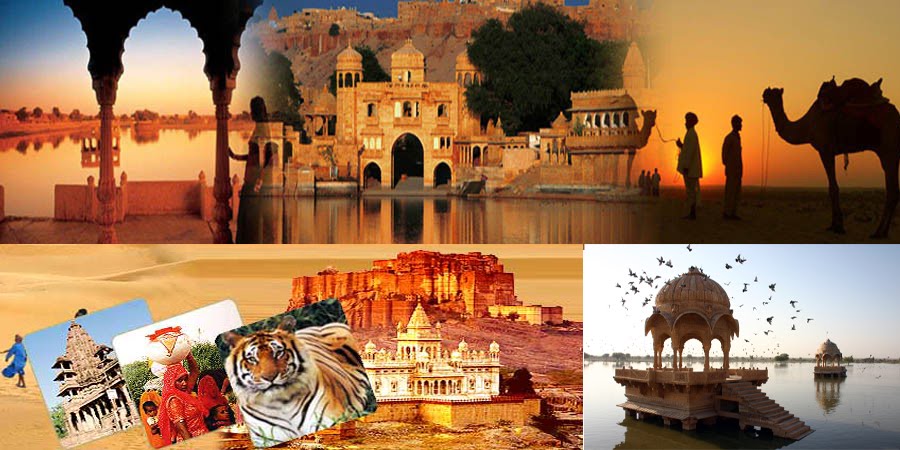Mahavir Ji Temple, Karauli
Location:
The Mahavir Ji Temple is located in Karauli, a city in the state of Rajasthan, India. Karauli is situated around 165 kilometers away from Jaipur, the state capital, and is renowned for its rich history and religious significance. The Mahavir Ji Temple is located about 18 kilometers from Karauli city, in a place called Mahavirji.
Historical Significance:
The Mahavir Ji Temple is dedicated to Lord Mahavir, the 24th Tirthankara of Jainism. The temple holds immense religious importance for the Jain community. It is one of the most revered Jain temples in Rajasthan and attracts thousands of pilgrims every year, especially during the Mahavir Jayanti festival, which marks the birth of Lord Mahavir.
The temple is famous for housing the idol of Lord Mahavir, which is said to be self-manifested. This makes the temple particularly sacred, as many devotees believe the idol came into existence on its own, rather than being sculpted.
Architectural Features:
Temple Structure:
- The Mahavir Ji Temple is a beautiful example of Jain architecture. It has intricate carvings, ornate pillars, and a spacious sanctum that houses the idol of Lord Mahavir. The temple is made of white marble and sandstone, giving it a graceful and serene look.
- The central hall of the temple is adorned with detailed murals and carvings, showcasing the art and culture of Jainism.
Temple Complex:
- The temple complex is surrounded by well-maintained gardens and is peaceful and calm, offering a perfect environment for meditation and worship.
- The temple also features a holy water tank where devotees take a ritual dip for purification before entering the temple.
Religious Importance:
The Mahavir Ji Temple holds immense significance for Jain devotees, particularly those following the Digambara sect of Jainism. Pilgrims come from all over India to seek blessings, perform rituals, and pay homage to Lord Mahavir. The temple is also known for its annual fair, which attracts a large number of devotees and tourists alike.
Mahavir Jayanti Celebrations:
- The Mahavir Jayanti, the birthday of Lord Mahavir, is one of the biggest celebrations at the Mahavir Ji Temple. The festival is celebrated with grand processions, prayers, and rituals, drawing thousands of pilgrims from across the country.
Jain Festivals and Events:
- Other major Jain festivals such as Paryushana and Diwali are also celebrated with great devotion and fervor at the temple, where devotees engage in fasting, prayers, and other religious practices.
How to Reach Mahavir Ji Temple:
By Air:
- The nearest airport is the Jaipur International Airport, about 165 kilometers from the Mahavir Ji Temple. From the airport, you can hire a taxi or take a private vehicle to Karauli, and then proceed to the temple.
By Train:
- Karauli has its own railway station, though it is not as well-connected as other major cities in Rajasthan. The nearest railway station with better connectivity is Hindaun City, located around 50 kilometers away. From Hindaun City, you can hire a taxi or take a local bus to reach the temple.
By Road:
- Karauli is well-connected by road to major cities in Rajasthan. From Jaipur, the distance is about 165 kilometers via the NH 11. You can hire a taxi or take a private car to reach the temple.
- Local buses are also available from nearby towns and cities to reach Karauli.
Local Transport:
- Once in Karauli, the temple can be easily accessed by taxi, auto-rickshaw, or private vehicle. The road leading to the temple is well-maintained, and there are several local transport options available for visitors.
Nearby Attractions:
Karauli City:
- The city of Karauli itself is steeped in history and culture. Key attractions in Karauli include the Karauli Palace, Kaila Devi Temple, and Bhanwar Vilas Palace.
Kaila Devi Temple:
- Located around 20 kilometers from Karauli, the Kaila Devi Temple is another important pilgrimage site dedicated to Goddess Kaila. The temple attracts thousands of devotees every year.
Bhanwar Vilas Palace:
- The Bhanwar Vilas Palace is a royal residence in Karauli, known for its traditional architecture and heritage.
The City Palace of Karauli:
- The Karauli Palace is another significant structure in the town. It was the residence of the erstwhile rulers of Karauli and features stunning architecture, ornate carvings, and courtyards.
Best Time to Visit:
The best time to visit the Mahavir Ji Temple is during the cooler months, from October to March. The weather during this time is pleasant, making it ideal for travel and exploration. Mahavir Jayanti, which usually falls in March or April, is another great time to visit as the temple comes alive with festivities and spiritual events.









